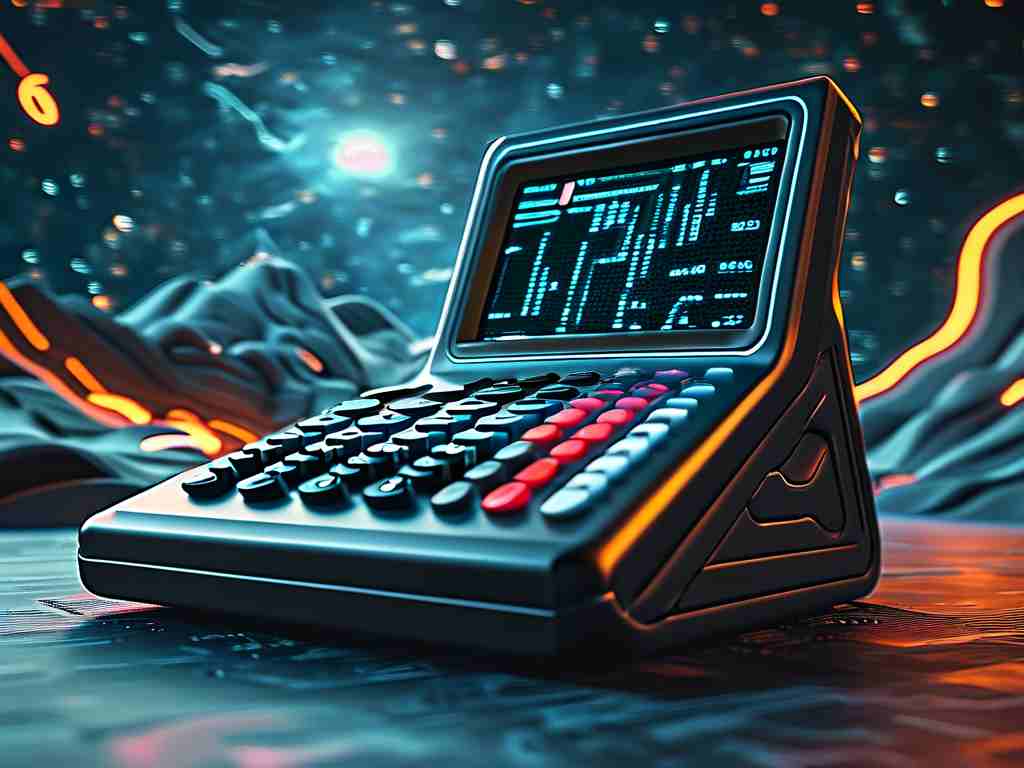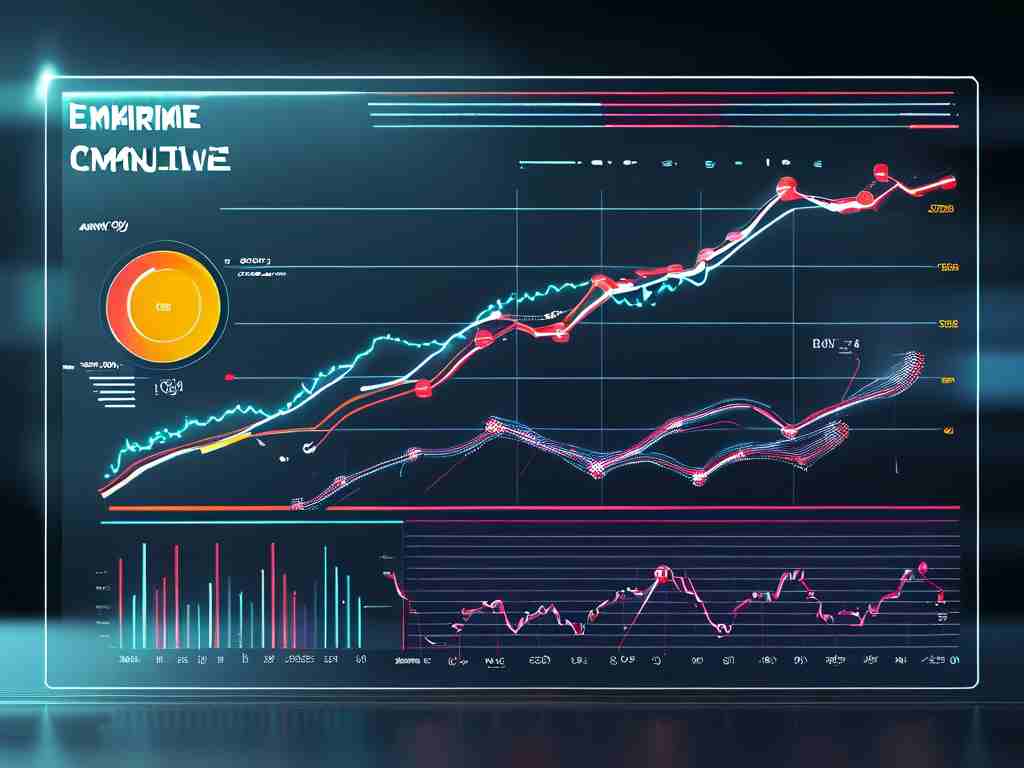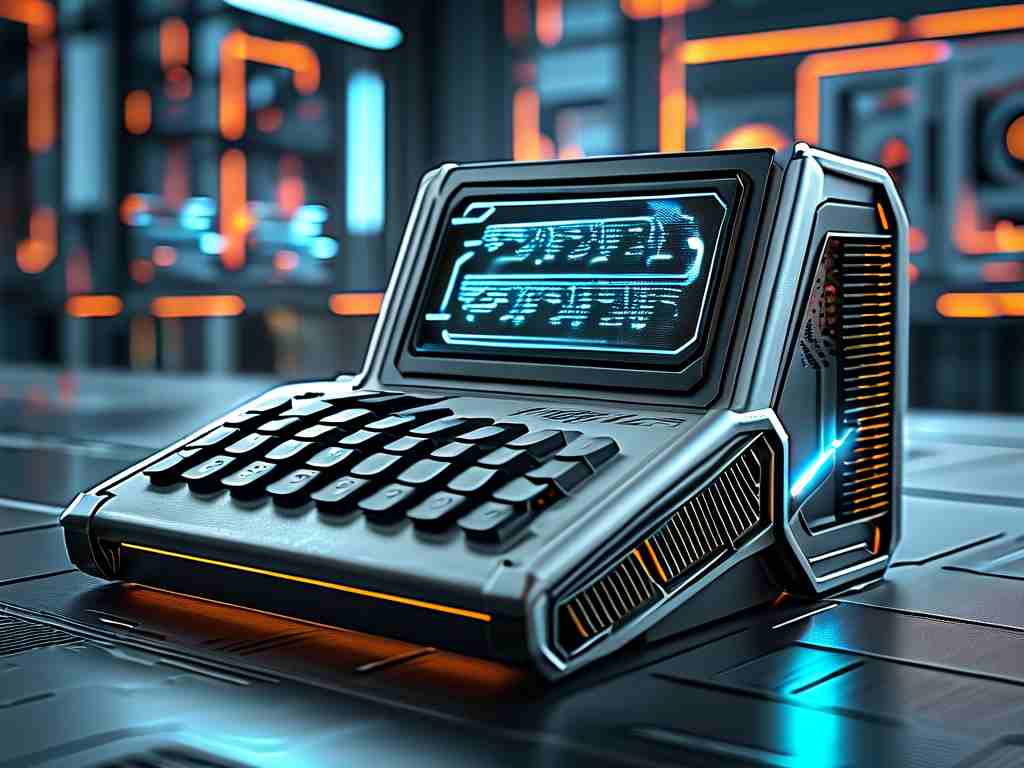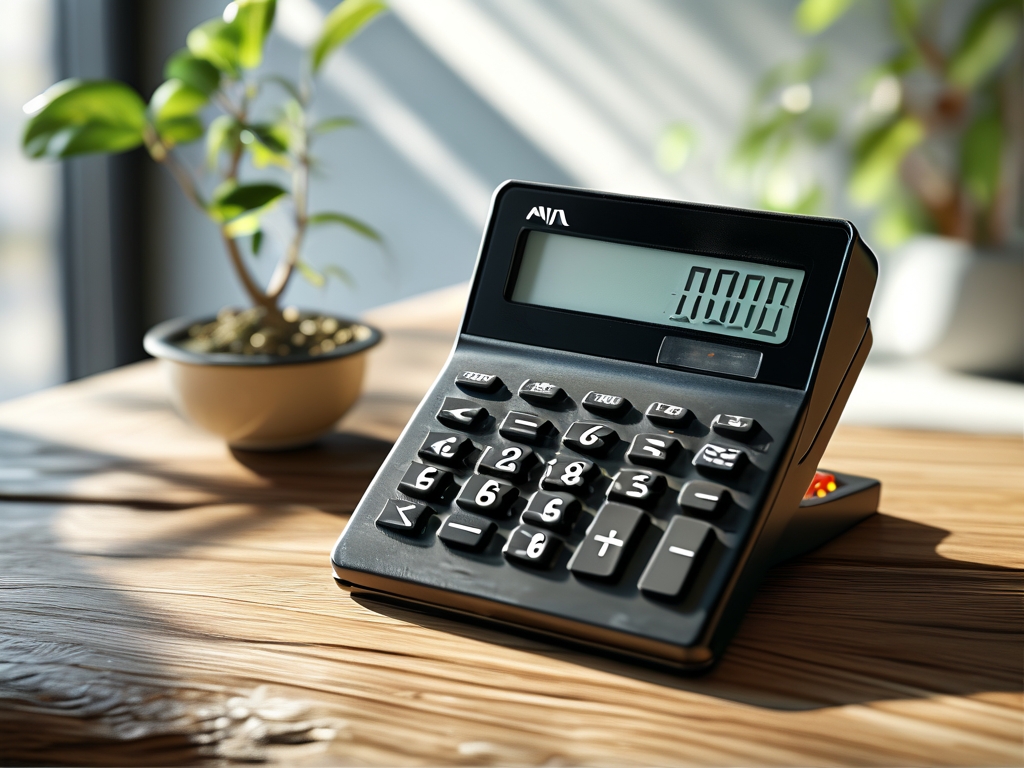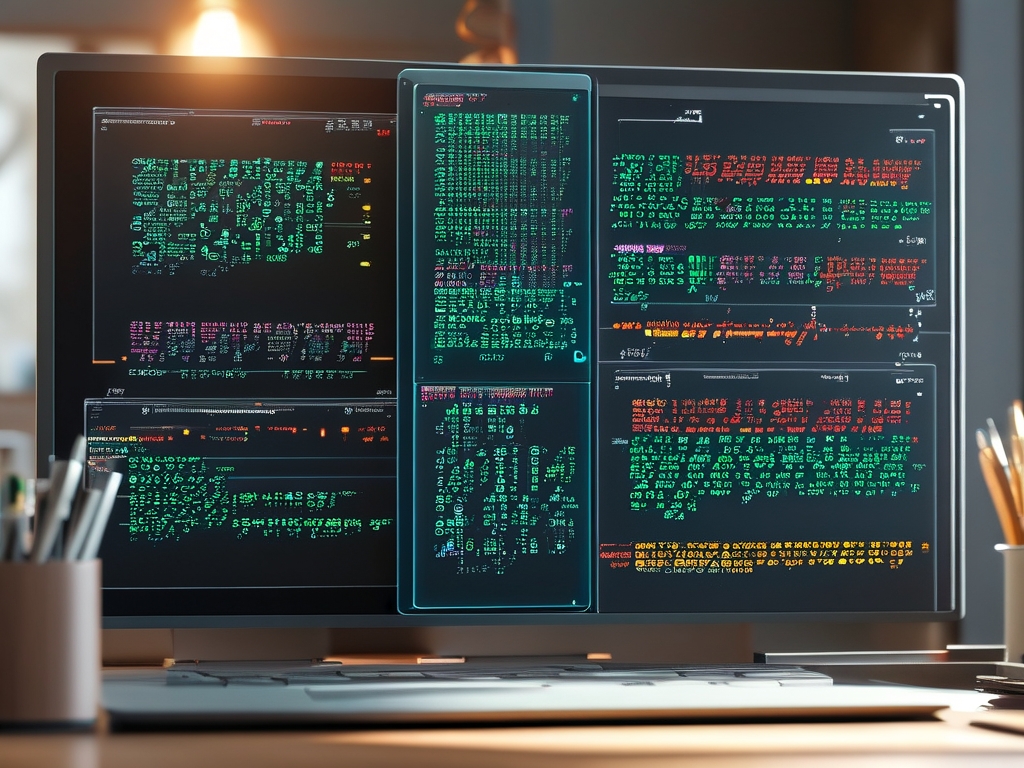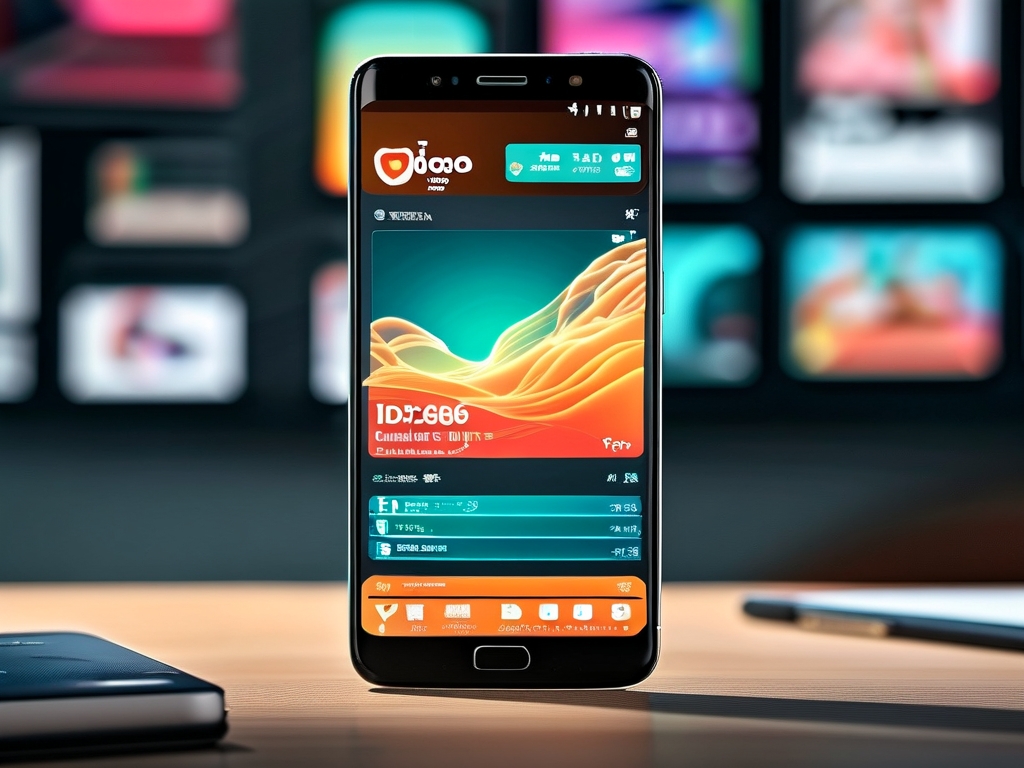When exploring the capabilities of modern programmable calculators, memory capacity often becomes a critical consideration for developers, students, and professionals. Unlike standard calculators, programmable models rely on memory to store code, variables, and complex functions. But just how much memory do these devices actually offer, and how does it impact their functionality?
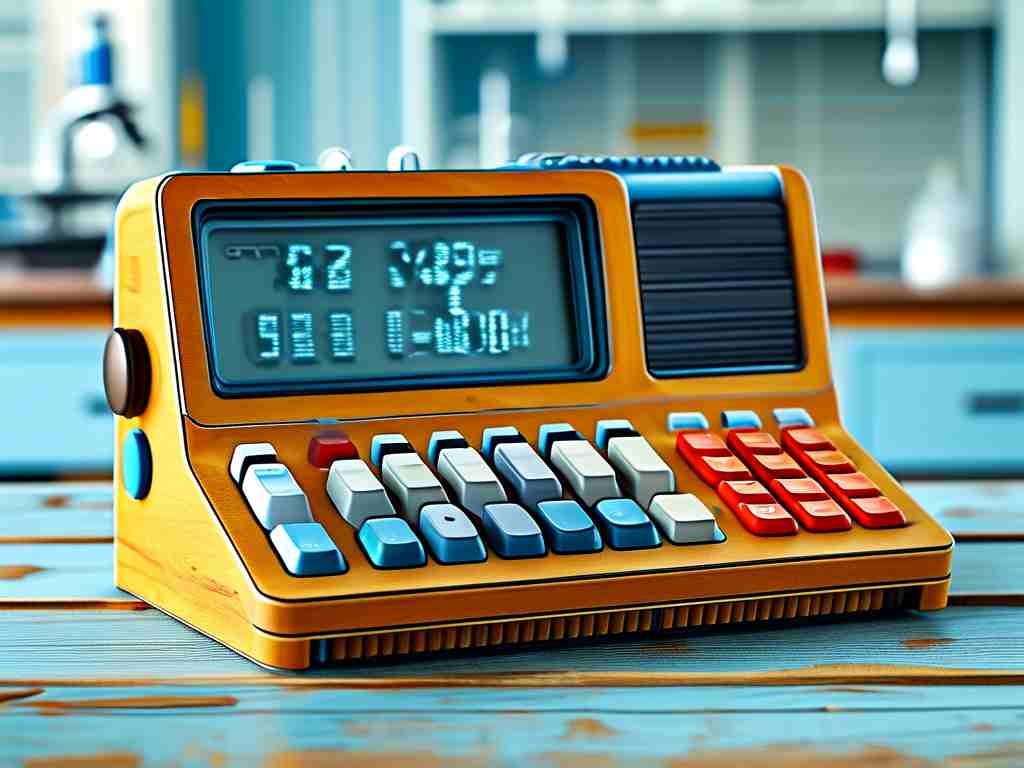
The Memory Spectrum
Programmable calculators vary widely in memory allocation depending on their target audience. Entry-level models like the TI-30XS Multiview typically allocate around 64 KB of flash memory for storing equations and basic scripts. Mid-range devices such as the Casio fx-9860GIII bump this up to 1.5 MB, enabling users to handle larger datasets and more sophisticated programs. At the premium end, calculators like the HP Prime G2 boast 256 MB of storage, rivaling early smartphones in capacity.
This memory isn't just for storing code—it's partitioned into multiple sections. For example:
10 CLEAR MEMORY 20 DISPLAY "AVAILABLE RAM: "; FRE(0)
A script like this might reveal how much runtime memory remains for executing programs, separate from permanent storage.
Why Memory Matters
The relationship between memory and functionality is direct. Consider graphing calculators used in engineering courses:
- Small memory (≤128 KB): Limited to basic plotting and short scripts
- Medium memory (1-8 MB): Supports 3D graphing and statistical analysis
- Large memory (32+ MB): Enables symbolic computation and IoT integrations
A study by MIT's Engineering Department (2023) showed students using 16 MB+ calculators completed circuit simulations 40% faster than peers with lower-memory devices.
Hidden Limitations
Manufacturers rarely advertise that usable memory often falls short of theoretical maximums. System files and preloaded applications can consume 15-30% of stated capacity. The TI-Nspire CX II, for instance, advertises 100 MB storage but reserves 28 MB for OS functions.
Memory architecture also plays a role. Some calculators use slower NAND flash for storage versus faster SRAM for active calculations. This dichotomy explains why even devices with identical memory specs might perform differently when running matrix operations:
# Pseudo-code for memory benchmarking
start_time = time()
execute_matrix_inversion(1000x1000)
print("Execution time:", time() - start_time)
Future Trends
With the rise of calculator-emulator apps on smartphones, hardware manufacturers are pushing boundaries. The upcoming NumWorks X promises 512 MB memory with browser-based coding environments. Meanwhile, open-source projects like CircuitPython now support select calculator models, enabling memory optimization through custom firmware.
Practical Tips
- Check real available memory through developer modes or diagnostic tools
- Compress code using built-in utilities or third-party minimizers
- Offload data via USB/Bluetooth to companion apps when possible
As programming calculators evolve into hybrid computation devices, their memory specs will continue bridging the gap between educational tools and portable development platforms. Whether solving differential equations or prototyping IoT controllers, understanding your calculator's true memory capacity remains key to unlocking its full potential.



